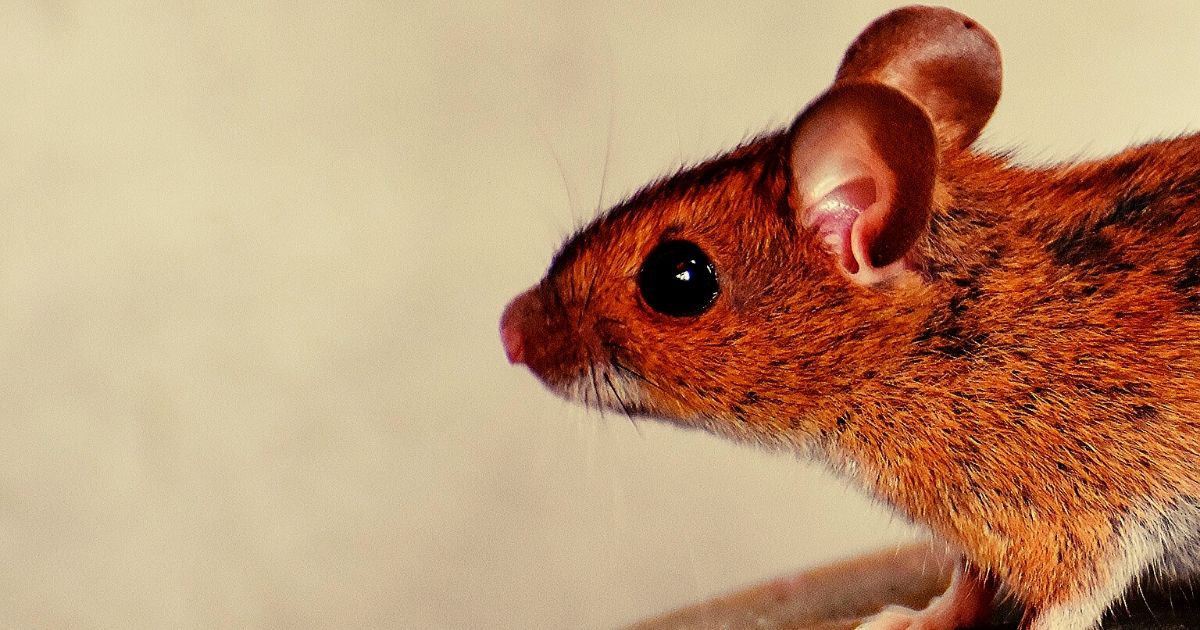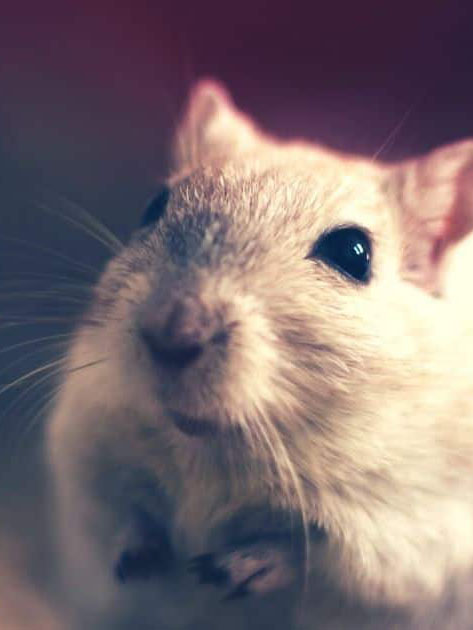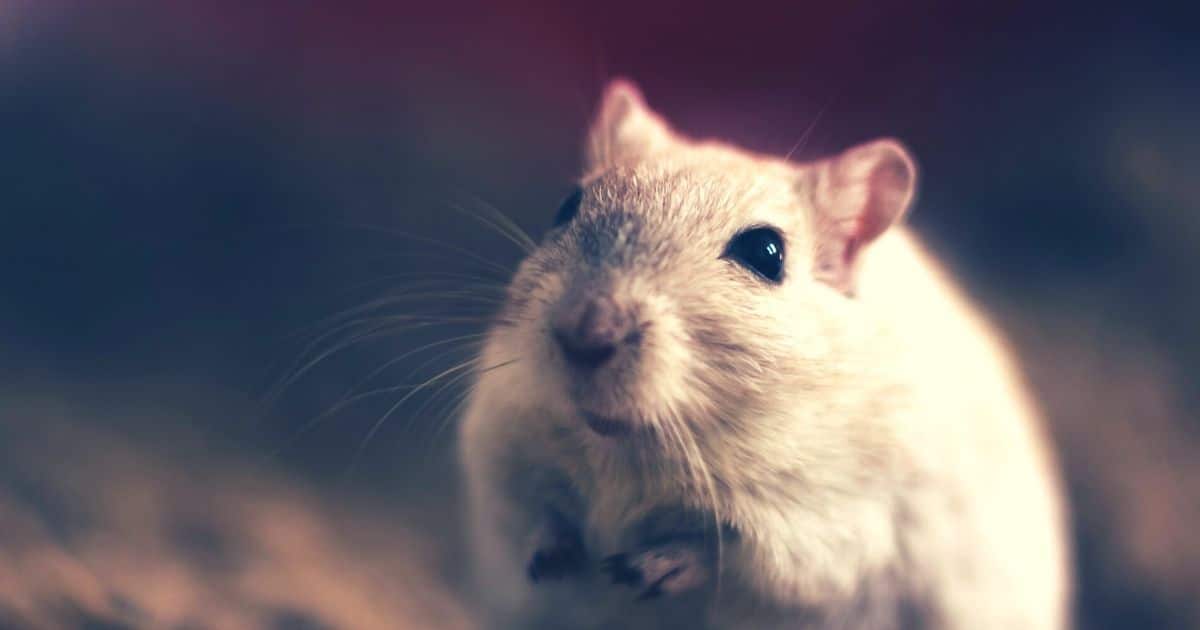
7 Tips to Keep Mice Away
While mice are portrayed as characters in many popular cartoons and movies, they are not as welcome in our house as on the big screen. Mice belong to the family Rodentia which houses many other animals such as rats, squirrels and hamsters. Among all rodents, mice and rats cause the most problems to the urban environment, thus making them an important urban pest.
Table of Contents
Mice species
The most common species of rodent pests found in the urban environment are the house mouse (Mus musculus), roof rat (Rattus rattus) and Norway rat (Rattus norvegicus). The house mouse can be distinguished from the other two species through several characteristics. They are small (5 to 7 inches long) and are usually light brownish to grey in colour. Mice possess relatively large ears and small black eyes. They are relatively smaller in size when compared to rats.
These small critters need to be taken seriously, not only due to being a nuisance and or their ability to transmit diseases such as leptospirosis, but also because they can cause structural damages to buildings.
There are several things that you can do to keep them away from your house.
Want to find out more about rodent control in Singapore?

1. Inspect your house and its surrounding for signs of infestation
Droppings, gnaw marks and tracks are the most obvious indications of a mouse infestation. The droppings are small, usually less than 6.4mm. Similar to other rodents, mice practice gnawing behaviour to file down their teeth. They tend to chew on wooden structures and wires and this can cause serious structural damage as well as fire hazards.
2. Always make sure doors and windows are properly closed
We should always keep the doors of our house closed to prevent unwanted guests from entering. Windows should be shut whenever there is no one home so that you will not come back home to find “new tenants” in your house.
Mice are agile climbers so they will have little problem climbing up the windows and making their way into your house.
3. Seal up all possible entry points of mice
Mice are so small and their bodies are so flexible that they are able to squeeze through openings that are as small as ¼ inches across. Besides closing all the doors and windows, other possible entry points should be sealed up to prevent them from entering the house. The possible entry points may be gaps around pipework, holes on the roof or even the gap between doors and the floor. All openings that may serve as entry points for mice should be sealed with materials that cannot be gnawed down by mice, for example, cement and wire mesh that is smaller than ¼ inches to deny their access.
4. Keep all food airtight
A mouse will feed on whatever humans eat. By leaving your food uncovered, you are making your house vulnerable to the infestation of various pests such as mice, ants, flies and cockroaches. Make sure your food is properly stored to prevent not only pests but also germs.
5. Dispose of food wastes properly
Mice are not as picky as we are when it comes to food. They will be attracted to, and happily feed on, the food wastes we leave behind. Proper disposal of food wastes is important as it will make your house less favourable to them due to the lack of food sources. Always practice good waste management to keep the rubbish chute and bins in your house free of mice as these are the popular locations for mice to forage for food.
Pro Tip: You need to rodent-proof your property, otherwise the mice will keep coming back.
6. Get rid of possible nesting sites for mice
A house mouse nests in sheltered locations and constructs its nests using shredded paper and other fibrous materials. If you recall the scenes from cartoons, the “house” of a mouse is always a hole or opening located at the bottom of a wooden wall. A mouse hole is one of the places where mice can be found because they are able to gnaw through wooden walls to construct their nests inside the hollow spaces behind the walls. By clearing all rubbish and sealing all holes or cracks around your house, you can prevent sharing your house with these sneaky critters.
7. Use traps
If your house is already infested with mice, traps can be deployed to remove them from your house. Some of the traps that can be used include snap traps, glue traps, cages and electrocution traps. The placement of traps is crucial to the success of the traps. Traps should be placed behind objects, in dark corners and at edges near walls because mice tend to move about touching the wall. Furthermore, attractants can be placed to increase the success rate of your traps.
In order to keep mice away from us, it is important to stay vigilant and be mindful towards the surrounding environment.

Pest Problem? Let Us Help.
We offer fast and effective precision treatments to eliminate pests while ensuring a safe environment for your home or business.
Early detection of activities facilitates the prevention of infestation and management of their population. Poor sanitation is always the cause of infestation so by practising good sanitation practices, we will be able to keep mice away from us.
Frequently Asked Questions
Mice can get into the house through gaps and cracks in the foundation, walls, roof, etc, or through the holes around the pipes.
Mice don’t usually bite and are not aggressive unless they get disturbed and feel threatened.
Mice are not likely to leave on their own if your house has favourable conditions, so you will need to hire professional pest management services to get rid of them.






